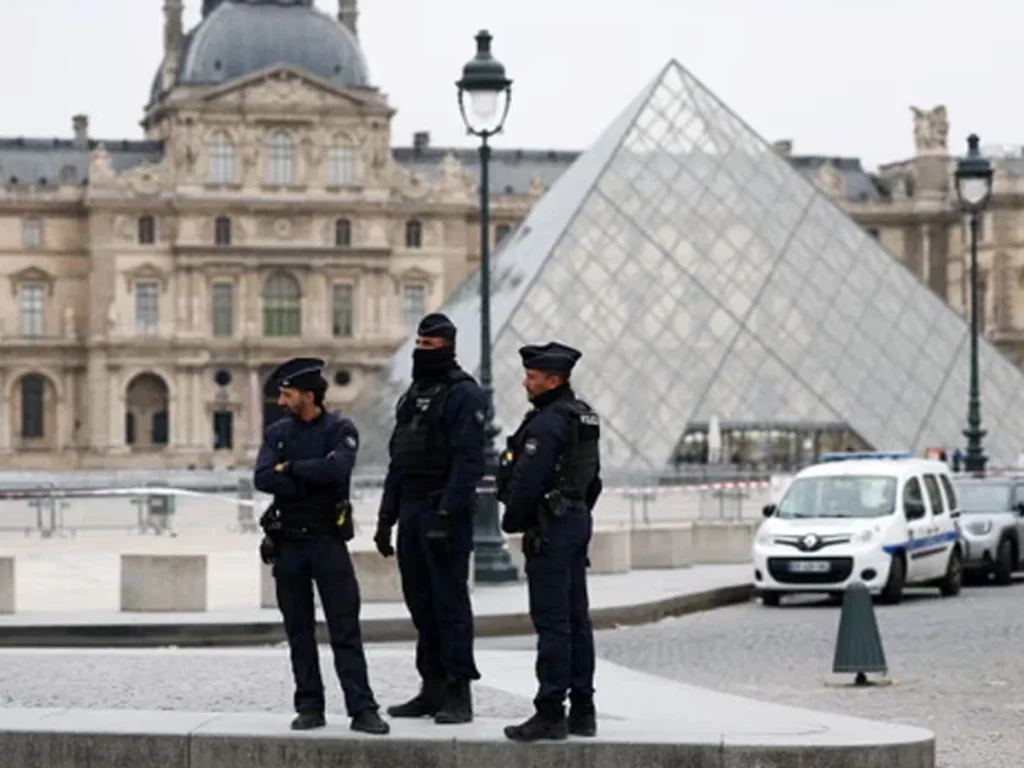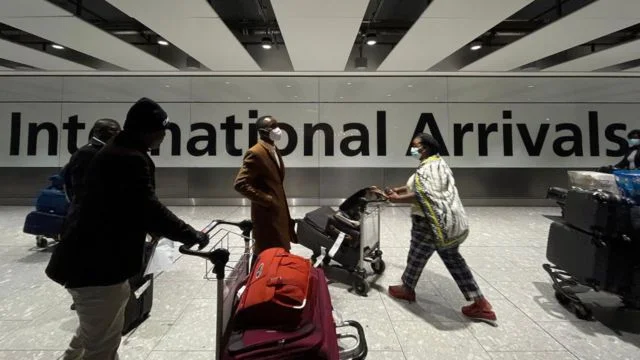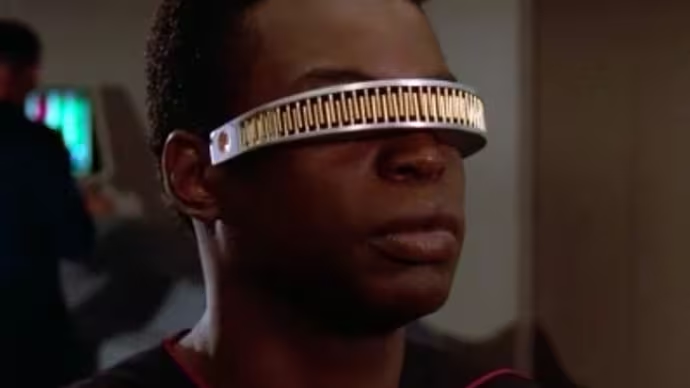The Louvre, the world’s most-visited museum, welcomed crowds back on October 22, 2025, just days after a brazen heist shook France to its core.
Thieves struck the Apollo Gallery, a mere 250 meters from the Mona Lisa, in a smash-and-grab that some liken to the 2019 Notre-Dame fire for its cultural blow.
The audacious theft, executed in under four minutes, has sparked outrage and a national debate over museum security.
Hundreds lined up under the glass pyramid as barriers lifted, following three days of forensic sweeps and staff briefings. The Apollo Gallery, however, remained closed, its empty display cases a stark reminder of the loss.
The Heist Unraveled
On October 19, a gang used a freight lift to reach a Seine-side window, forced it open, and shattered two display cases. They fled on motorbikes, vanishing into Paris as alarms sent guards rushing to an already-empty gallery.
The thieves stole eight priceless artifacts: a sapphire diadem, necklace, and earring tied to queens Marie-Amélie and Hortense; an emerald necklace and earrings linked to Empress Marie-Louise; a reliquary brooch; and Empress Eugénie’s diamond diadem and corsage-bow brooch.
One item, Eugénie’s emerald crown with 1,300 diamonds, was found damaged outside the Louvre, a bittersweet clue. Valued at €88 million ($102 million), the haul’s historical significance far outweighs its price tag, said Prosecutor Laure Beccuau. She warned that dismantling the pieces for black-market gems could erase centuries of heritage.
Security Under Fire
Justice Minister Gérald Darmanin called the breach a “failure,” slamming the ease of placing a lift on a public path. “This tarnishes France’s image,” he said. Interior Minister Laurent Nuñez noted the operation’s speed, with no arrests yet.
About 100 investigators are tracking four suspects identified at the scene, analyzing evidence to uncover the crew and any insiders.
The heist has put Louvre director Laurence des Cars in the hot seat, facing Senate questions on October 22. While officials stand by her, the incident has exposed gaps in a January 2025 security overhaul, including new cameras and a command post, raising doubts about their progress.
A Museum Stretched Thin
The Louvre’s 33,000-object collection, including stars like the Venus de Milo, draws 10 million visitors yearly. Yet, the Mona Lisa’s bulletproof case contrasts with weaker protections elsewhere, as shown by the heist.
Overcrowding and understaffing, highlighted by a June 2025 staff walkout, strain resources. Unions warn that mass tourism and construction zones create blind spots where risks converge.
The reopened galleries buzzed with visitors, but the cordoned-off Apollo Gallery stood silent, its loss felt deeply. #LouvreHeist trended online, with posts decrying the theft and demanding better safeguards.
France’s Cultural Wound
The theft echoes past shocks, like the 1911 Mona Lisa heist, but hits harder in an era of heightened security. The recovered crown offers hope, but the missing jewels symbolize a broader fragility in protecting national treasures.
France’s culture ministry is fast-tracking upgrades, vowing to fortify museums nationwide.
As investigations intensify, the Louvre’s reopening is bittersweet. The empty cases in the Apollo Gallery underscore a breach measured not just in euros but in the vulnerability of a nation’s heritage. France now faces a reckoning to ensure its cultural icons remain safe.























